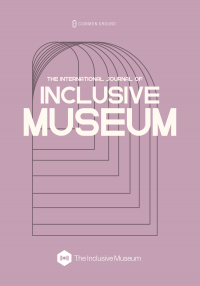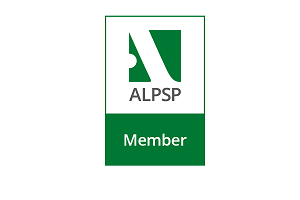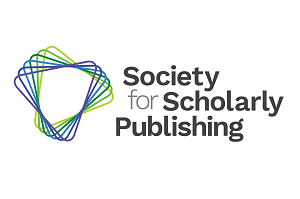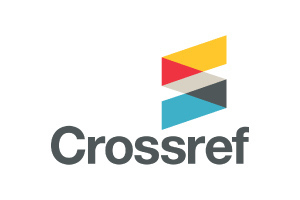The International Journal of the Inclusive Museum

The International Journal of the Inclusive Museum explores how museums can foster greater inclusivity. Addressing both historical legacies and future possibilities, the journal brings together research from museum studies, curatorship, community engagement, and cultural policy. It offers a platform for academics, museum professionals, administrators, and policymakers to exchange insights on innovative practices that support inclusive exhibitions, programming, and digital engagement. Reflecting the evolving definition of heritage, contributions investigate how museums can serve as active sites of dialogue and participation, shaping equitable relationships with visitors, staff, and wider communities. By considering new frameworks for collaboration, the journal highlights emerging trends in inclusivity as well as the challenges that arise when striving for broader representation.
The International Journal of the Inclusive Museum champions transformative research and practice, helping museums adapt to the changing needs of their audiences.
The International Journal of the Inclusive Museum is a Hybrid Open Access journal. We offer various pathways to make your research accessible and make accessibility affordable. Please see our Open Access Statement and Journal Author Rights & Permissions support page for more information.




